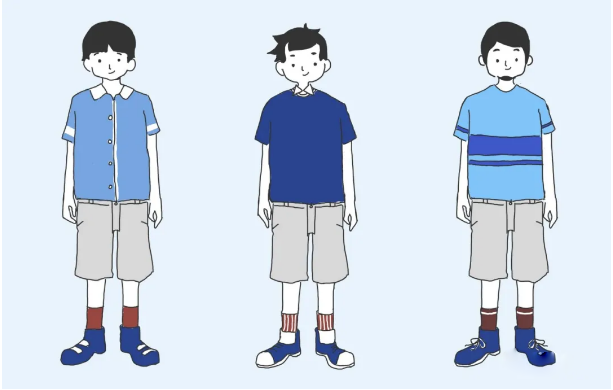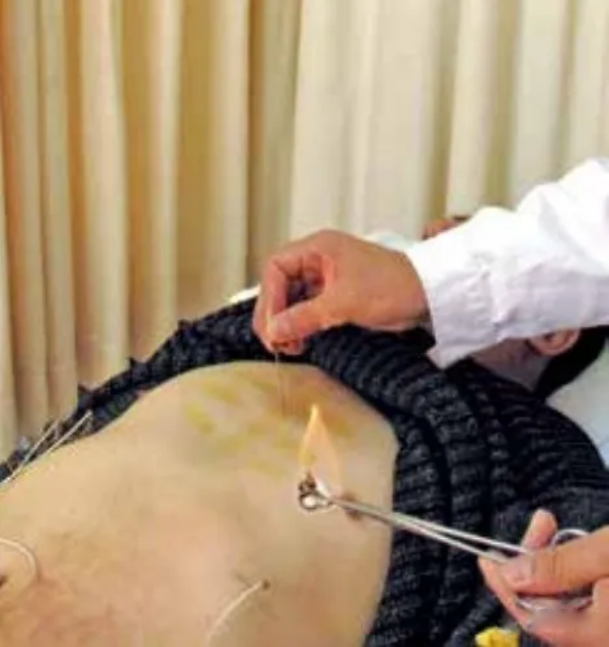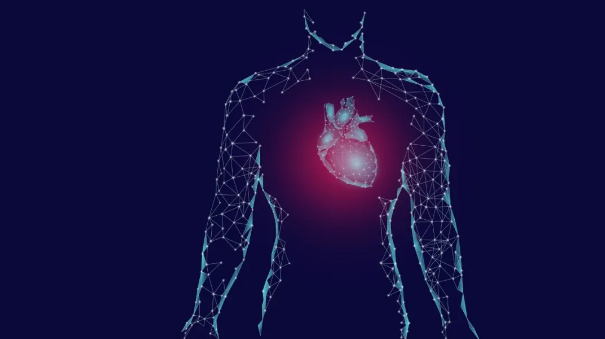
Fire needle therapy (huǒ zhēn liáofǎ) is a technique that involves heating a specially designed metal needle until it is red hot, quickly inserting it into specific points, and then swiftly withdrawing it. This method aims to warm the meridians, dispel cold, invigorate blood circulation, and dissolve stagnation. Historical texts such as the Huangdi Neijing (Yellow Emperor’s Inner Canon) refer to this technique as “quenching needle” (chuàn cì) or “burning needle” (rán zhēn), while the Shanghan Lun (Treatise on Cold Damage) calls it “burning needle” (shāo zhēn), and the Beiji Qianjin Yaofang (Emergency Prescriptions Worth a Thousand Gold) refers to it as “fire needle” (huǒ zhēn). Since the Ming Dynasty, it has predominantly been known as “fire needle.” The fire needles are typically made of tungsten alloy, resembling ordinary filiform needles but thicker. Common techniques include point needling, dense needling, dispersive needling, and surrounding needling.
01Indications

Fire needle therapy combines the effects of acupuncture in stimulating the body’s vital energy (zhèng qì) and the warming and dispersing effects of moxibustion (àijiǔ). It has a wide range of indications and can be used to treat bi syndrome (bì zhèng), meridian and sinew disorders (jīng jīn bìng), and cold-related diseases (hán xìng bìng). Due to its relatively superficial needling technique, it is also effective for treating flat warts, stubborn eczema, various dermatitis, and skin conditions such as scrofula. However, due to the strong stimulation involved, it is primarily recommended for individuals with robust constitutions, and caution is advised for the elderly or those with weak constitutions.
02Procedure

Figure 1 (taken at the Acupuncture Hospital of the China Academy of Chinese Medical Sciences)
① Point selection and disinfection: The selection of points for fire needle therapy follows the same basic principles as for filiform needles, with point selection based on the specific condition. Points on the Yang meridians, especially the Governing Vessel (Dū Mài), Bladder Meridian (Pángguāng Jīng), Gallbladder Meridian (Dǎn Jīng), and Triple Burner Meridian (Sān Jiāo Jīng), are primarily used. Before the procedure, the selected acupoint must be disinfected with 0.5% iodine tincture to prevent infection.
② Heating the needle (Figure 1): Heating the needle is a critical step in fire needle therapy. Before using the fire needle, it must be heated until red hot, which can be done using an alcohol lamp. The needle should be heated from the body to the tip. Once both the body and tip of the needle are glowing red, it is ready for use.
Needling depth: The depth of insertion for fire needle therapy should be determined based on the patient’s condition, constitution, age, and the thickness of the muscle and depth of blood vessels at the insertion site. Generally, for the limbs and lower back, a deeper insertion of 0.2 to 0.5 cun is appropriate; for the chest and back, a shallower insertion of 0.1 to 0.2 cun is recommended.

Figure 2 (taken at the Acupuncture Hospital of the China Academy of Chinese Medical Sciences)
④ Needling operation: During the operation, hold the alcohol lamp in the left hand and the needle in the right hand. Aim the heated fire needle at the acupoint, quickly insert it, and then swiftly withdraw it (Figure 2). The needling action should be quick, with even force applied; the force should not be too strong, and the depth must be accurately controlled to reach the desired depth in one insertion. After needling, apply pressure to the needle hole immediately with a cotton ball or finger.
03Precautions

① Fire needles should not be used in areas where major blood vessels or nerve trunks are present.
② Fire needles should not be used on the face, except for treating facial moles and flat warts.
③ Pregnant women and those menstruating should avoid applying magnetic patches on the lower back and abdomen. Individuals with pacemakers, low blood pressure, or extremely weak constitutions should avoid this treatment.
④ Fire needle therapy is contraindicated for patients with severe diabetes or bleeding disorders.
⑤ Individuals who are overly tense, hungry, fatigued, or intoxicated should not undergo fire needle therapy.
⑥ If redness or swelling occurs at the needling site after treatment, avoid bathing; if itching occurs, do not scratch to prevent infection.
Source: Internet
Recommended Reading
Join Groups: Various specialized nursing WeChat groups, join now!
Submissions: Original articles related to nursing are welcome for submission.
Exams: Nursing exam information and study groups to help you pass.
Follow: WeChat public accounts categorized by nursing departments.
Buy Books: Nursing books, click “Read More” below.

